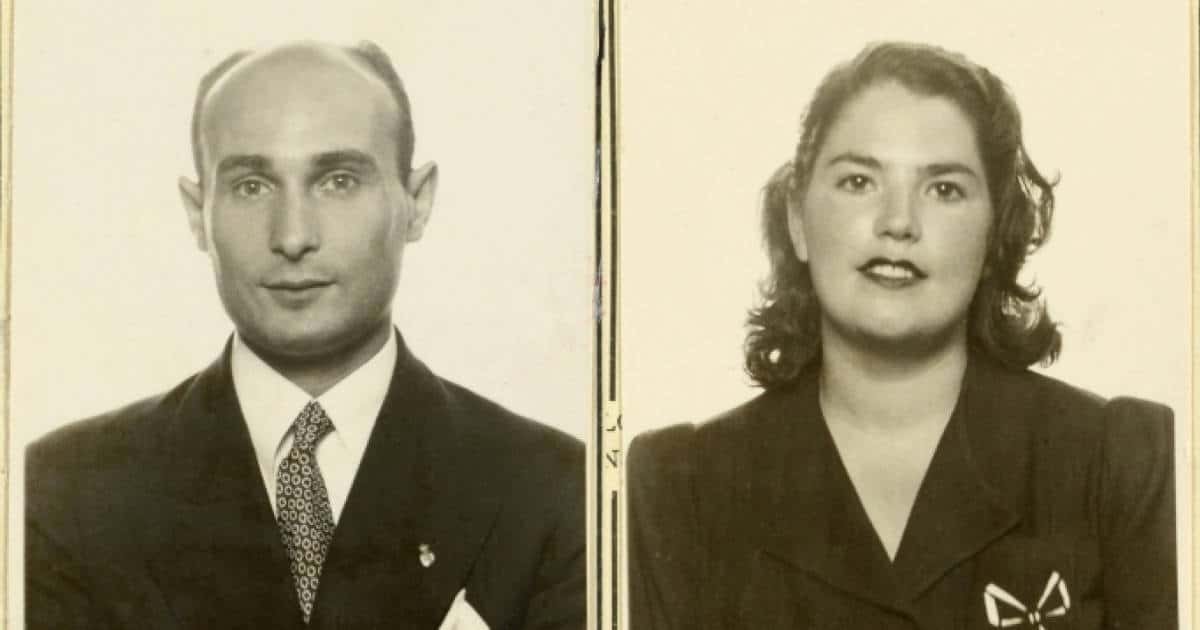
World War II was one of the largest conflicts in history. But we don’t often remember how much of the war was actually fought off of the battlefield. Deception and espionage played a huge role in the conflict. And there was no time when it was more important than during D-Day. The D-Day landings were the largest amphibious operation in history. For the operation to work, the Nazis couldn’t know where the invasion was coming. Hiding an operation the size of D-Day would be one of the greatest victories in the history of espionage. And the man who was going to pull it off was Juan Pujol Garcia.
Garcia was born to a middle-class family in Catalonia. He spent his early life trying his hand at a number of different jobs before deciding on a career as a chicken farmer. But his life would soon change forever when the Spanish Civil War broke out. Garcia was quickly conscripted by the Republican side. But he had no reason to love the Republicans. His sister and mother had already been arrested as “counter-revolutionary spies.” So, Garcia quickly defected to the Nationalist side, only to realize that the fascist supporters of Francisco Franco were no better than the Republicans.
Garcia managed to serve his time without firing a single shot for either side and was eventually discharged from the army. But his time during the war left him with a hatred for both fascism and communism. So when WWII broke out and France fell, he saw the British as the only force left to champion democracy in Europe. And hoping to do some good for the world, Garcia went to the British and offered them his help. And though he was the first to admit that he wasn’t a very good soldier, he did think that he would make an excellent spy.
But the British didn’t seem to agree at first, and they turned him away three times. So, Garcia tried a different approach. He went to the Nazis instead. Garcia presented himself to the German intelligence service as a pro-fascist Spanish government official who could operate in London. The Germans jumped at the chance to recruit a spy in Britain and took Garcia on as a spy with the official codename “Frederico.” Garcia received a course in spying, money for expenses, and instructions to head to London and start recruiting British spies. Within weeks, the Germans were getting reports from Frederico in London.

Or so they thought. Garcia was actually in Lisbon. But with a copy of a travel guide to London, he was able to create reports that fooled the Nazis. There were some errors, of course. For instance, Garcia was never able to figure out that the British don’t measure their beer in liters or make sense of the currency. But the reports were so good that they didn’t just fool the Nazis, they fooled the British. When they intercepted some of the reports, they began looking for agent Frederico. And it turns out that’s exactly what Garcia wanted.

